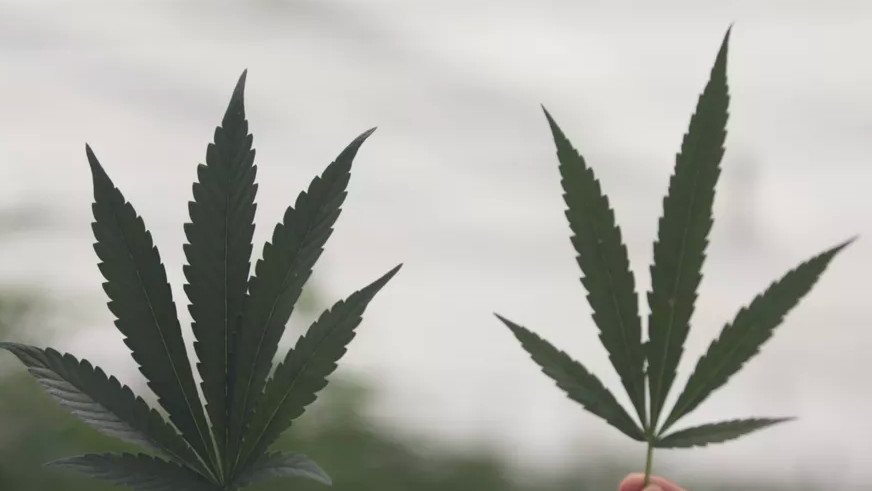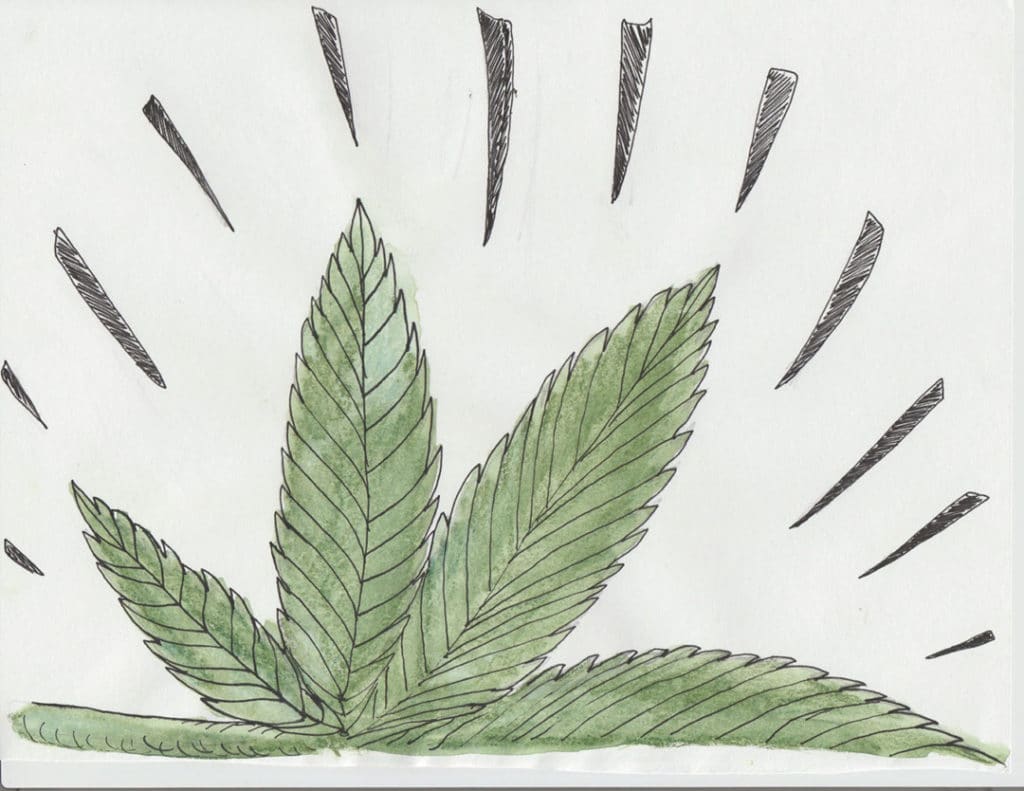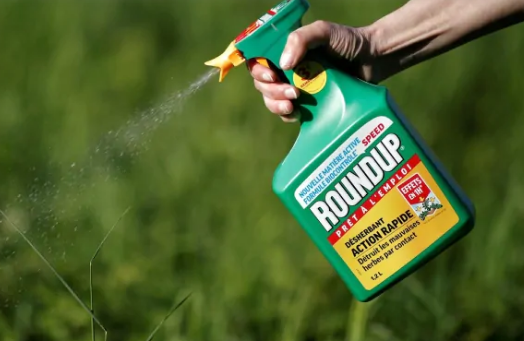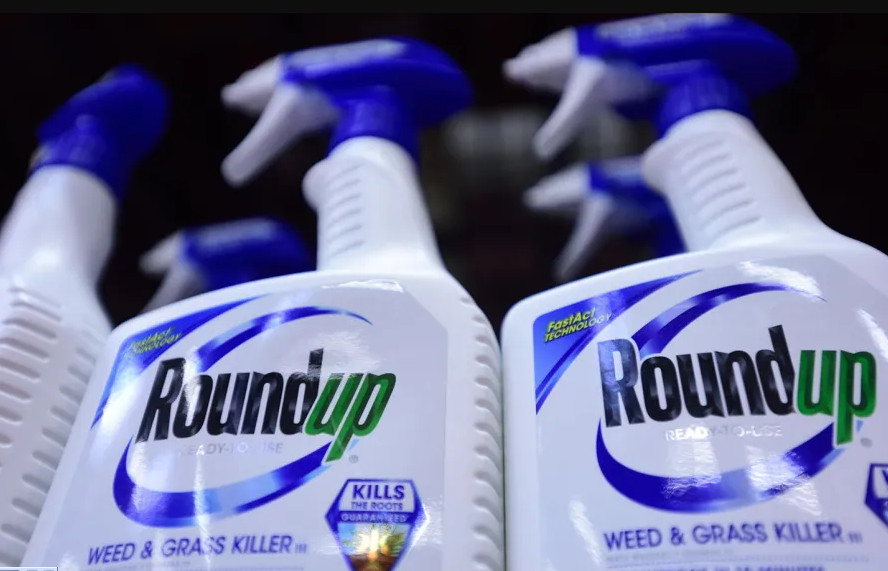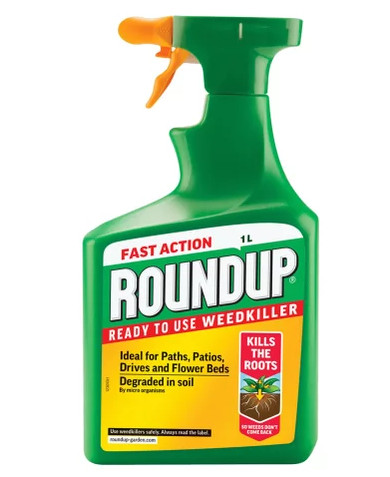Humans spend billions of dollars trying to fight weeds on their property. It has become an obsession for some and not a concern at all for others. If your lawn has a lot of weeds, you could do one of three things.
First, you could just not worry about it. The term “weed” is determined by humans as they are still real plants. If it wasn’t for us enjoying uniform and perfect lawns, there would be no problem with what we refer to as weeds. A lot of time and money goes into a perfect lawn, so letting your lawn go natural is the easiest (and most environmentally-friendly) way. You can spend your extra time watching your neighbors tackle their weed problem.
Second, you could manually remove the weeds by pulling them up when you see them. This is also a very environmentally-friendly practice, but you will likely hate almost every part of this idea as it will be a never-ending battle. New weed seeds are constantly sprouting in your lawn and some have roots that go very deep. This method will keep you in shape, though.
Third, you could apply chemicals to the weeds that will kill them. Some chemicals will kill everything they touch, while other chemicals have been specially formatted to only kill the type of plants that you are targeting. How do these chemicals “know” what to do? Of course, it’s all about science. If you don’t understand the science or you don’t read the labels correctly, you could end up killing your entire lawn instead of just the weeds.
Kill everything
If you want to kill everything in a certain area, then using a broad-spectrum vegetation killer is the way to go. This would be useful if you were trying to clear an area to start a new lawn or landscaping spot. Or better yet, you could use this chemical to kill an area of non-native plants in order to start a native garden.
The kill-everything chemicals work by disrupting photosynthesis, which all plants need to function and grow. The chemicals block the plant’s ability to turn sunlight into energy and also causes the plant to build up toxic oxygen and other compounds it would usually get rid of. This kills most plants rather quickly.
Kill some things
If you don’t want to clear an entire area of all plants, then you may want to clear an area of just certain plants or weeds. This is when you use a selective weed killer. Most selective weed killers target dicot plants. Dicot plants are typically plants with broad leaves. Trees, most weeds, shrubs and annual flowers fall into this category. These chemicals will not kill monocot plants. Monocot plant examples are grasses and corn.
Selective plant killers work by taking advantage of a certain metabolism (chemical processes all living things use to sustain life) pathways in the plant. Monocots and dicots use different metabolism pathways.
In the case of selective weed killers, the herbicide greatly increases the amount of a hormone called auxin in plants. A plant naturally produces the auxin hormone, which promotes and regulates cell growth. Auxins are what makes plants grow.
So why are we adding growth hormones to weeds we want to kill? These herbicides flood the plant with this growth hormone. The plant now has so much auxin that it grows uncontrollably and irregularly and literally grows itself to death. That is why some plants, like Dandelions, look all curled and irregular when sprayed with the chemical. Instead of controlled growth, the cells grow in every direction and finally just shut down. Monocots (grasses) use a different growth pathway and are not affected as much by these herbicides. Animals use completely different metabolic systems.
Kill before they grow
A final way to control weeds is to not allow the seeds to germinate at all. You don’t have to pull or kill weeds that don’t exist. A pre-emergent herbicide prohibits baby root cells from growing. Without new root cells, the germinating seed will die.
There are different chemicals that can be used in pre-emergent herbicides, but one of them is corn gluten. Corn plants produce their own pre-emergent weed control process by producing its own chemicals that keep some seeds around them from sprouting. In this example, humans are simply copying nature to provide benefits in their own areas.
So now you know how and why to tackle certain plant pests around your home. The importance cannot be overstated. If you make a mistake, your desire to remove a few weeds could mean that you now need a whole new lawn.
Credit: www.columbiatribune.com

